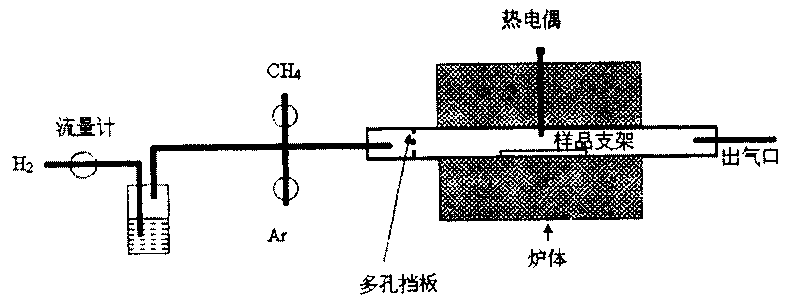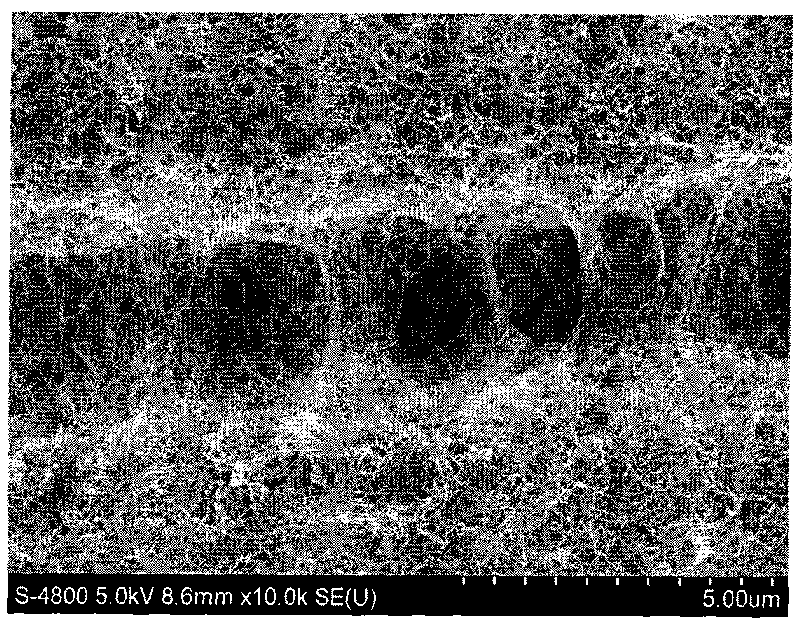Method for modifying carbonized pre-oxidized fiber preform interface by carbon nanotube
A carbon nanotube and preform technology, which is applied in the fields of carbon fiber, textiles and papermaking, fiber processing, etc., can solve the problems of inability to guarantee high-performance carbon fiber preform, complicated preparation process, fiber fracture, etc., and achieves modulus and interlayer The effect of increased shear strength, uniform surface distribution, and uniform distribution
- Summary
- Abstract
- Description
- Claims
- Application Information
AI Technical Summary
Problems solved by technology
Method used
Image
Examples
Embodiment 1
[0038] 1. Carbonization of pre-oxidized wire preform
[0039] Select the long pre-oxygenated yarn to lay the weft-free cloth, and the chopped pre-oxygenated yarn to lay the mesh tire, one layer of the weft-free cloth and one layer of the mesh tire are stacked, and the two adjacent layers of the weft-free cloth form an angle of 90°, and then layer by layer Acupuncture to make pre-oxygenated silk quasi-three-dimensional prefabricated body. Fix the prefabricated body with a graphite plate, put it into the carbonization furnace, after vacuuming to -0.1MPa, pass high-purity nitrogen gas to 0.1MPa, and then carbonize according to the following heating rate: the heating rate between room temperature and 200°C is 30°C / h; the heating rate between 200°C and 350°C is 8°C / h; the heating rate between 350°C and 400°C is 1°C / h; the heating rate between 400°C and 600°C is 3°C / h; The heating rate between 650 °C and 1000 °C is 1 °C / h; the heating rate between 650 °C and 1000 °C is 25 °C / h; ke...
PUM
| Property | Measurement | Unit |
|---|---|---|
| Density | aaaaa | aaaaa |
Abstract
Description
Claims
Application Information
 Login to View More
Login to View More - R&D
- Intellectual Property
- Life Sciences
- Materials
- Tech Scout
- Unparalleled Data Quality
- Higher Quality Content
- 60% Fewer Hallucinations
Browse by: Latest US Patents, China's latest patents, Technical Efficacy Thesaurus, Application Domain, Technology Topic, Popular Technical Reports.
© 2025 PatSnap. All rights reserved.Legal|Privacy policy|Modern Slavery Act Transparency Statement|Sitemap|About US| Contact US: help@patsnap.com



